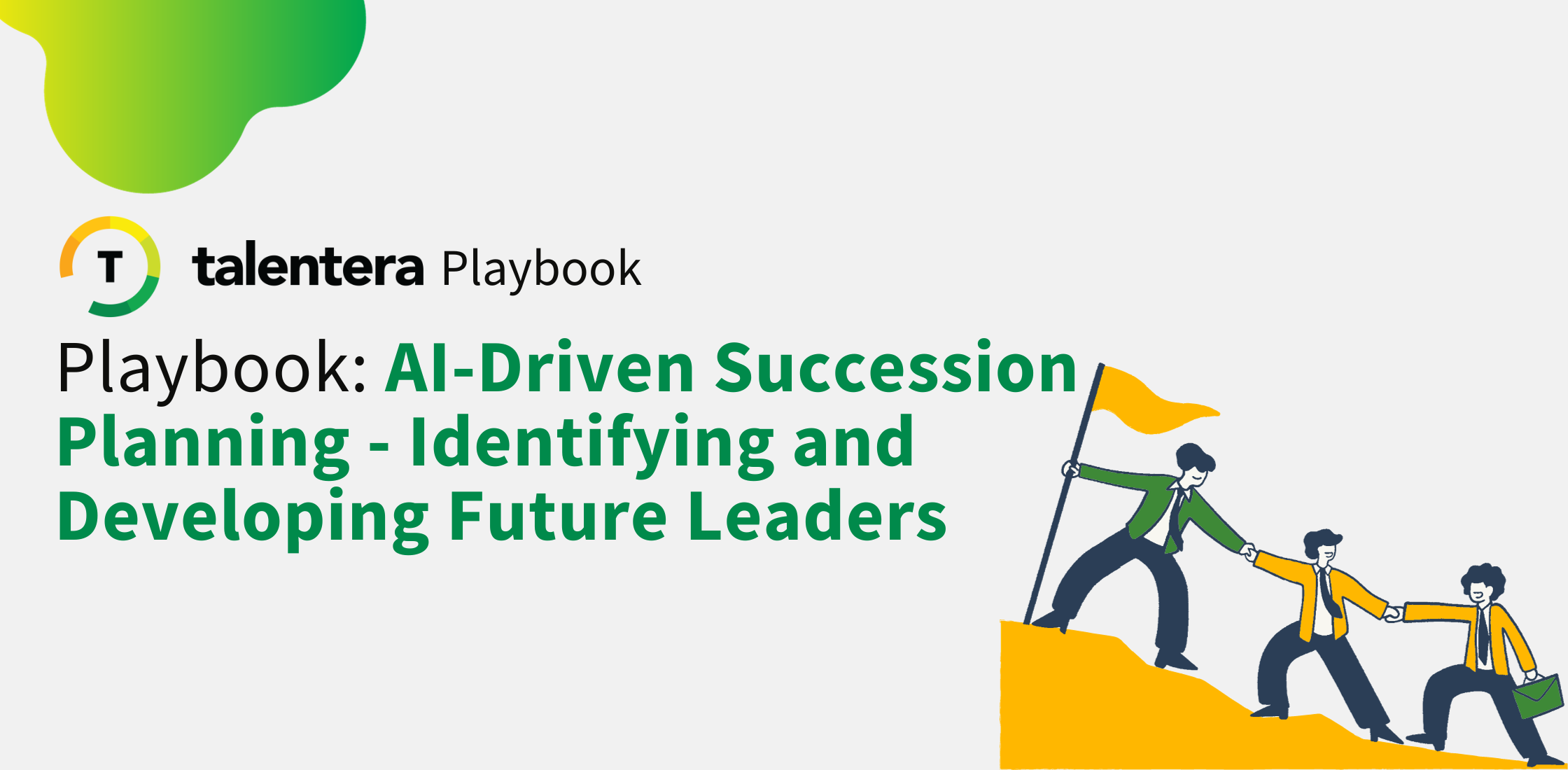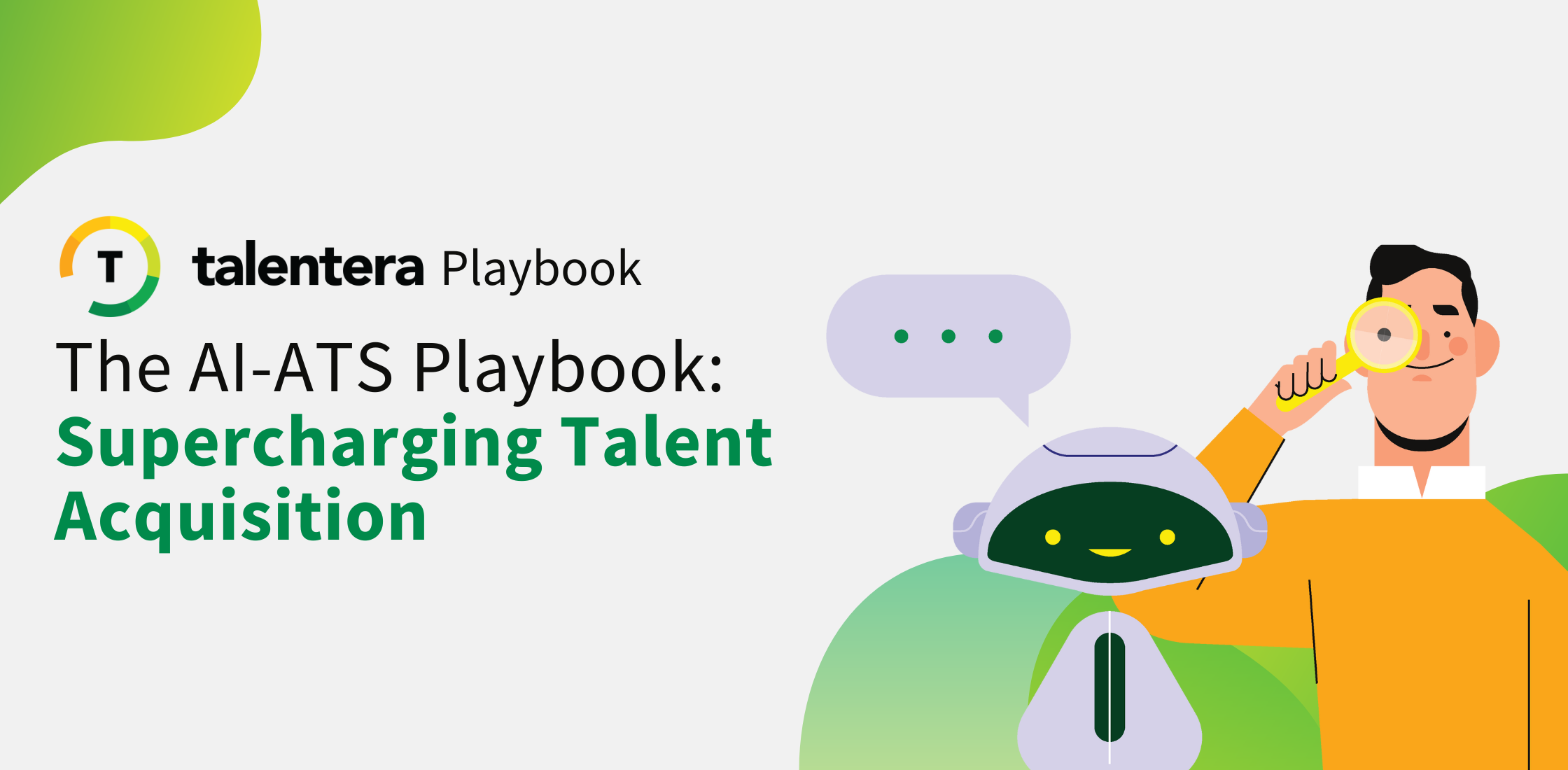Hiring without data is like shooting blanks in the air. You get no results, there’s no learning for future and it’s essentially pointless.
In this guide, we’ll explore how you can harness the power of artificial intelligence (AI) to supercharge your recruitment analytics. By the end of this playbook, you’ll have the tools and knowledge to make data-driven decisions that lead to better hiring outcomes.
Step 1: Understanding Recruitment Analytics
Why Recruitment Analytics Matter
Recruitment analytics involves collecting and analyzing data related to your hiring process. It helps you answer essential questions like:
- What’s working and what’s not in your recruitment strategy?
- Where are you finding the best talent?
- How long does it take to fill open positions?
- What’s the cost of your hiring process?
The Power of Data-Driven Decisions
Data-driven decisions are more reliable than gut feelings. They lead to:
- Cost savings by optimizing your recruitment budget.
- Faster hiring times by identifying bottlenecks.
- Improved quality of hires by understanding what traits lead to success in your organization.
Step 2: AI in Recruitment
What is AI?
AI, or artificial intelligence, is the technology that enables computers to mimic human intelligence. In recruitment, AI can analyze vast amounts of data faster and more accurately than humans, helping you make smarter choices.
AI’s Role in Recruitment
AI can assist at every stage of recruitment:
- Sourcing: Identifying the best candidates from numerous sources.
- Screening: Analyzing resumes and applications to find the most qualified candidates.
- Interviewing: Conducting automated interviews and assessing candidate responses.
- Predictive Analytics: Forecasting which candidates are likely to succeed in your organization.
Step 3: Implementing AI in Recruitment Analytics
a. Choosing the Right Tools
Select an Applicant Tracking System (ATS) like Talentera that integrates AI capabilities. These tools can:
- Automate repetitive tasks, like resume screening.
- Provide insights into your hiring data.
- Predict candidate success based on historical data.
b. Collecting Relevant Data
To make AI work for you, you need data. Gather information on:
- Past hires: What made them successful?
- Recruitment channels: Which ones yield the best candidates?
- Time-to-hire: How long does it take to fill positions?
- Costs: What’s the price of your hiring process?
c. Ensuring Data Privacy
Remember to respect candidate privacy and comply with data protection laws. AI can be a valuable ally, but it’s crucial to handle data ethically.
Step 4: Leveraging AI-Enhanced Insights
- Streamlining Your Hiring Process: AI can help you identify bottlenecks and inefficiencies in your recruitment process. By streamlining it, you’ll save time and resources.
- Predicting Candidate Success: Use AI to analyze past hires’ performance and find patterns that predict future success. This can help you focus on candidates with the highest potential.
- Diversity and Inclusion: AI can assist in promoting diversity by reducing bias in candidate screening and decision-making.
- Continuous Improvement: Regularly review your recruitment analytics and AI-driven insights. This will allow you to adapt and refine your strategies for ongoing success.
Conclusion
By augmenting your recruitment analytics with AI, you’re unlocking a treasure trove of insights that can supercharge your hiring process. With the right tools and a commitment to data-driven decisions, you’ll find better candidates, reduce costs, and make smarter hiring choices. Talentera and AI are your partners in achieving recruitment excellence. Get started today and transform the way you hire!






